For as long as Reverb has existed, used and vintage guitar sales have been at the very heart of the daily commerce on our site. And sitting here as I do at the center of our marketplace, I'm often asked about what sorts of guitars, basses, and other instruments are generating the most interest, trending upward in value, and for all other sorts of market prognostications.
Thing is, for the most part, the vintage guitar market has been relatively flat for the five years that Reverb's been part of it. Interest and demand flares up in different models and eras here and there, but by and large, the price of, say, a blue chip vintage Stratocaster in 2018 is not too far off from where it was in 2014.
This general stasis aside, though, there are some observable areas where prices are on the rise, and today we're going to highlight five and see if we can't dissect some of the motivating factors behind the numbers.
Pro-tip: If you're interested in keeping tabs on these or any other pocket of the used market, I'd strongly encourage you to set up a Reverb feed. You can do that by doing a search on the site for any term, tweaking the parameters using the navigation on the left side of the search results page, and hitting the blue "Add to My Feed" button in the top right corner of the page.
First on our list are the aluminum-necked guitars and basses made by the Travis Bean company during their original run between 1974 and 1979. While not the first brand to experiment with aluminum necks, they were the first to do so in a large scale way, making the Travis Bean name wholly synonymous with aluminum necks in the process.

Bean guitars specifically feature a single piece of metal extending from headstock to bridge—a concept that company patented as a means to combat warping and enhance the sustain of the instrument. The company produced around 3,700 instruments across six different models before packing it up in 1979.
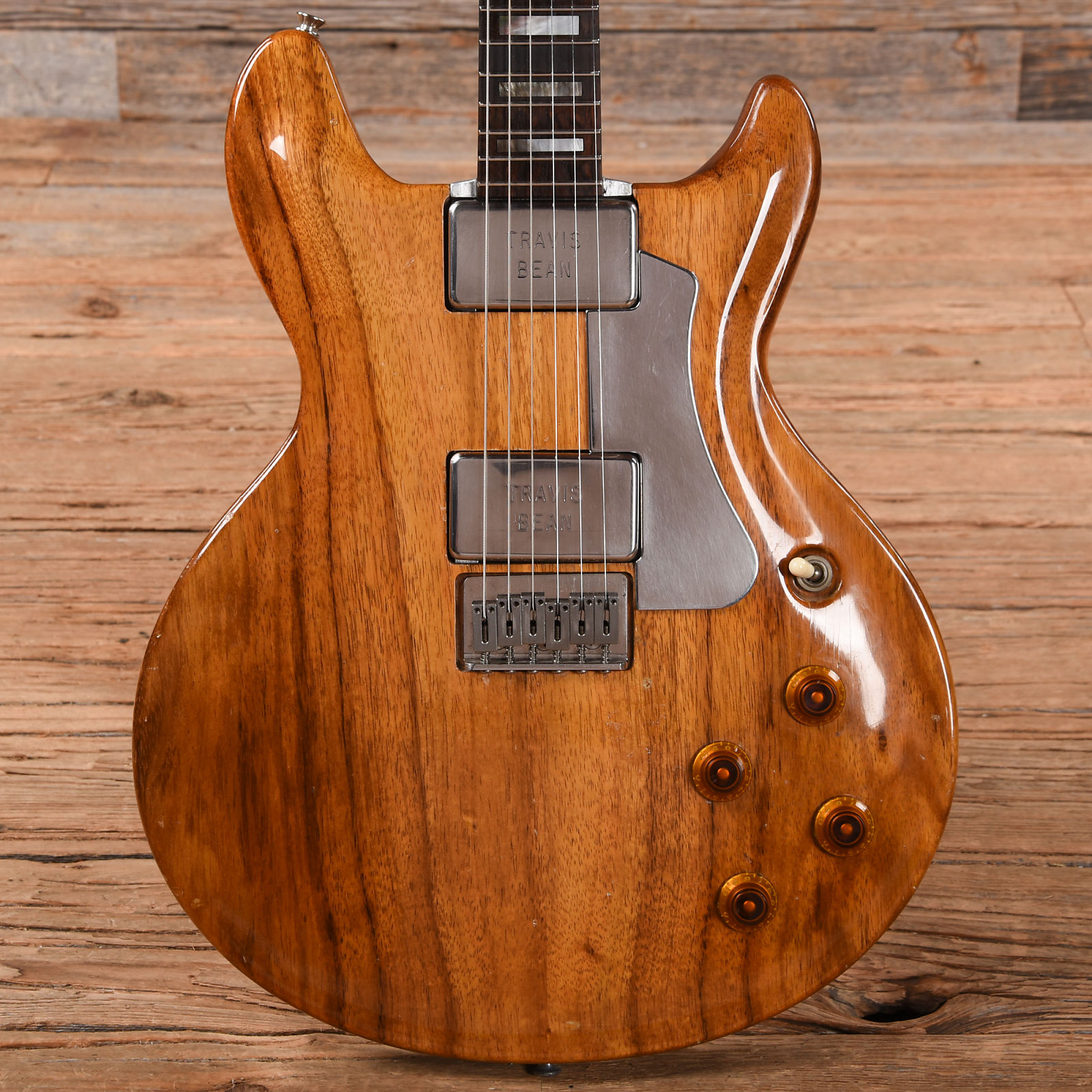
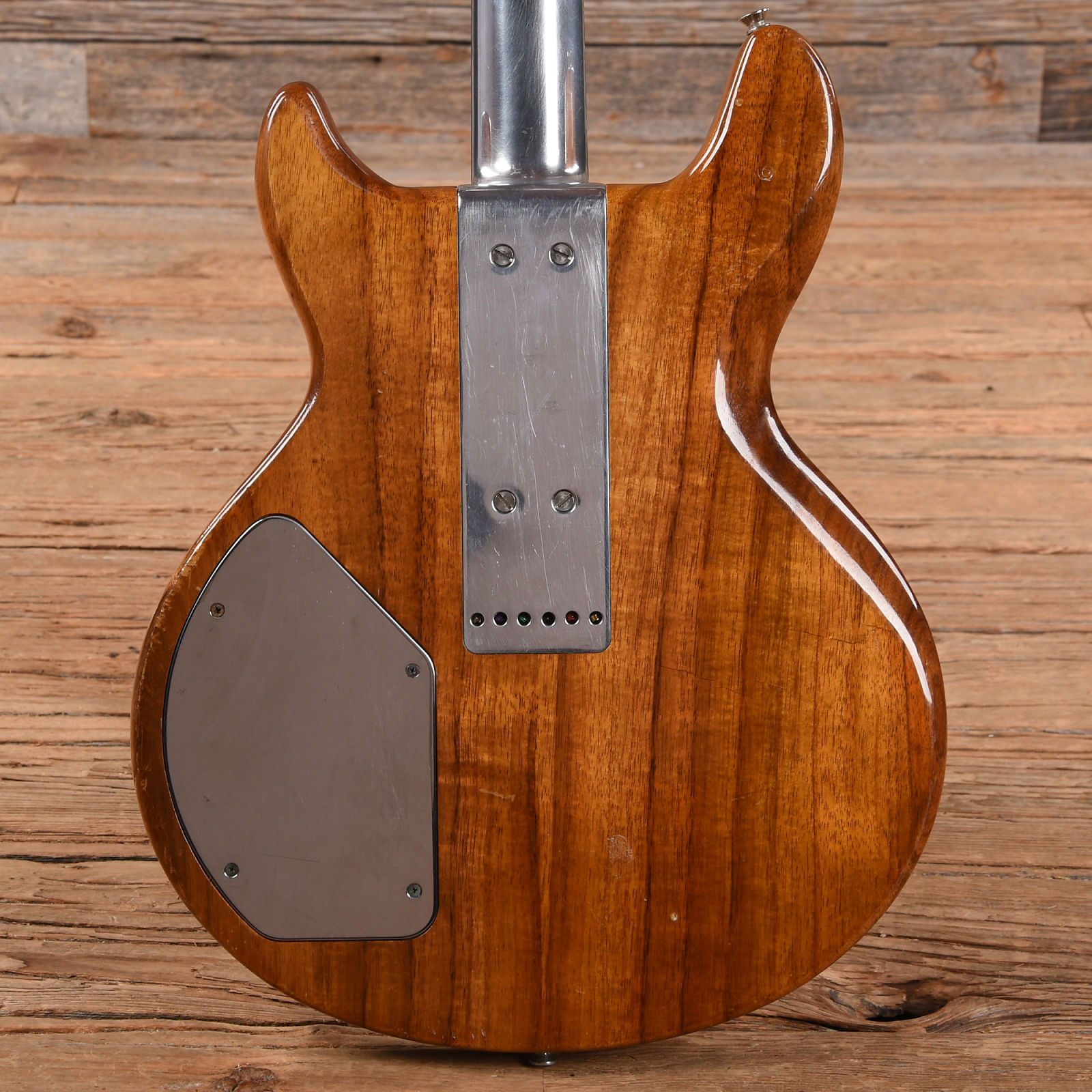
In the years since, though, aluminum guitar fandom has grown and grown, with a certain group of heavy genre players professing a cultish devotion to Beans and related aluminum designs like those from the Electrical Guitar Company. The unofficial website travisbean.com is one of the best fan gear sites on the internet, while the visibility of noise rock mainstays like Steve Albini and Duane Denison of The Jesus Lizard, as well as plenty of sludge, doom, and stoner metal players have only expanded the visibility of these instruments. It could be that these Bean-associated genres have become more popular, or it could just be that the fans of these musical styles are reaching a new tier of financial maturation and thus able to spend a bit more on a vintage piece.
Whatever the case, vintage Bean prices have escalated with models like the TB1000A Artist selling for over $5,000 with some regularity. These prices were actually not entirely out of the ordinary during the peak of the overall vintage guitar market around 2007, but it's only now that the market has clipped back up to that previous high-water mark.
A few NAMM shows ago, we had the chance to interview Justin Meldal-Johnsen about his newly released signature Fender Mustang Bass. At the time, JMJ told us a bit about his love for the punchy tones and easy playability of Fender short-scale basses, and discussed a misplaced and lingering notion that models like the Mustang and Musicmaster Bass are little more than toys when stacked up against the longer scaled J- and P-basses of the world. Judging by a steady rise in prices for these exact models, it appears that this misplaced view may be a thing of the past.
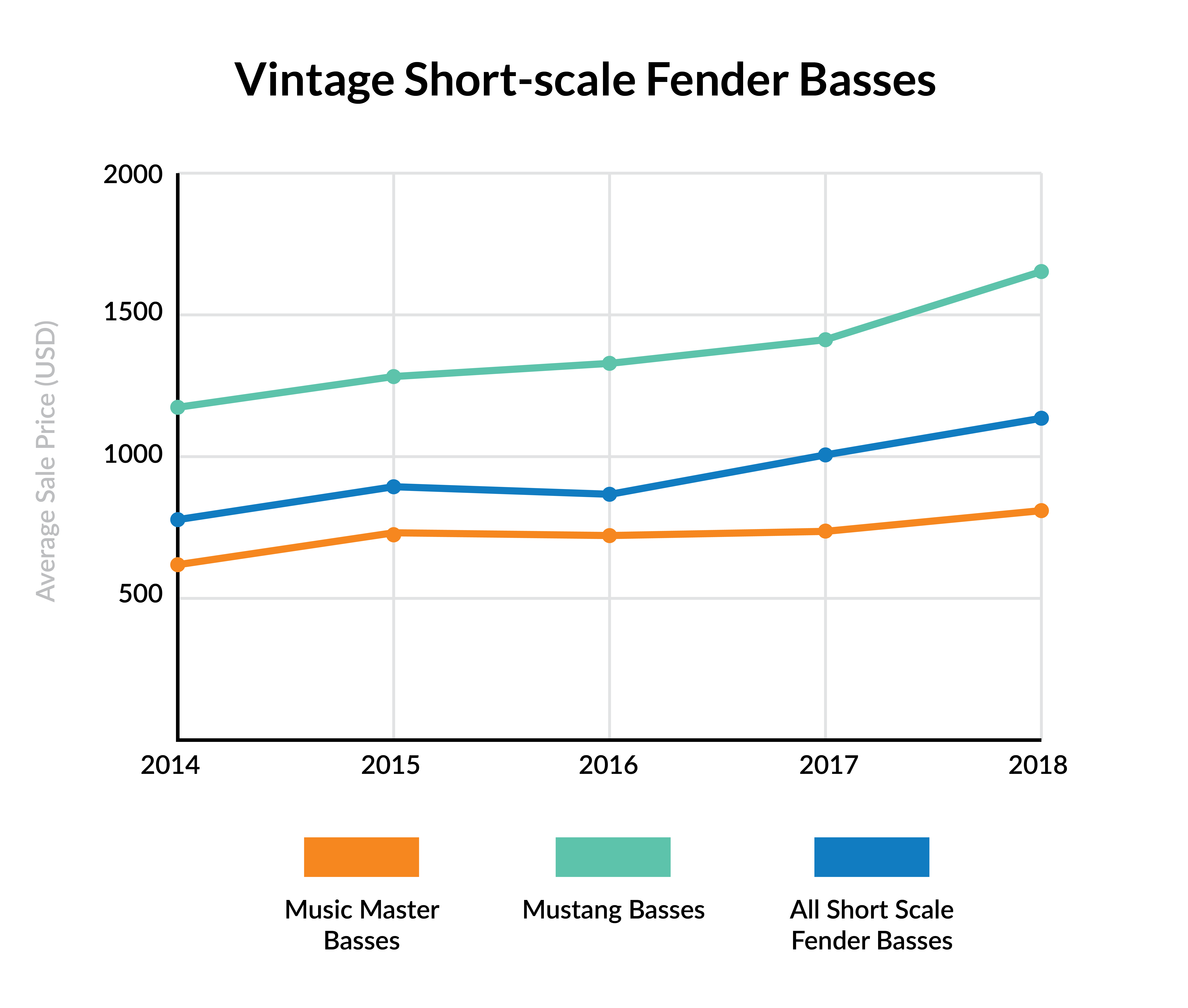
Introduced in 1966 and 1971 respectively, the Mustang and Musicmaster bass models were certainly marketed towards beginners in their day, but have since found use in just about every style of music that requires a funky bassline. They're handy studio tools and are often found in multi-instrumental rigs where a player might be switching back-and-forth between bass, synths, and guitars. There have been plenty of notable players to use these basses over the years, including Tina Weymouth of Talking Heads, while more recently, they've become a common fixture of festival stages in the hands of indie rock and pop acts. Jenn Wasner of Wye Oak and Lucas Skinner of King Gizzard & the Lizard Wizard are two examples that come to mind for me.
As you can see from the graph, Mustang Basses are worth more than Musicmasters, with earlier production years and rarer finishes like Lake Placid Blue adding a premium to sale prices. The Competition Mustang series from the late '60s and early '70s, with their bold racing stripe design, fetch the highest prices of all. Fender has released a few reissues of the Mustang of late, including the JMJ model, but have yet to offer a modern Musicmaster Bass outside of a Squier model in the late '90s. But based on this new wave of interest, I wouldn't discount the possibility.
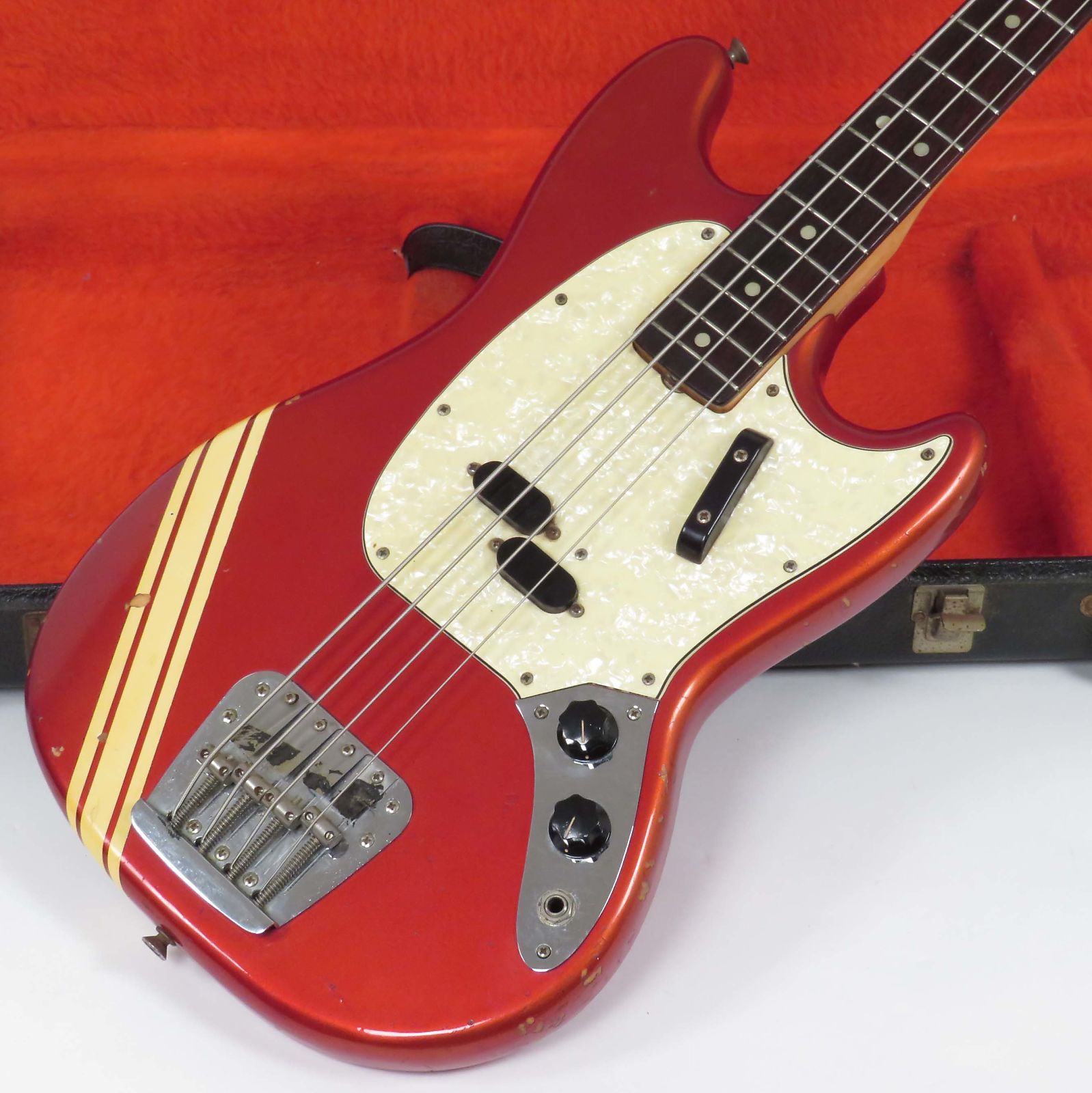
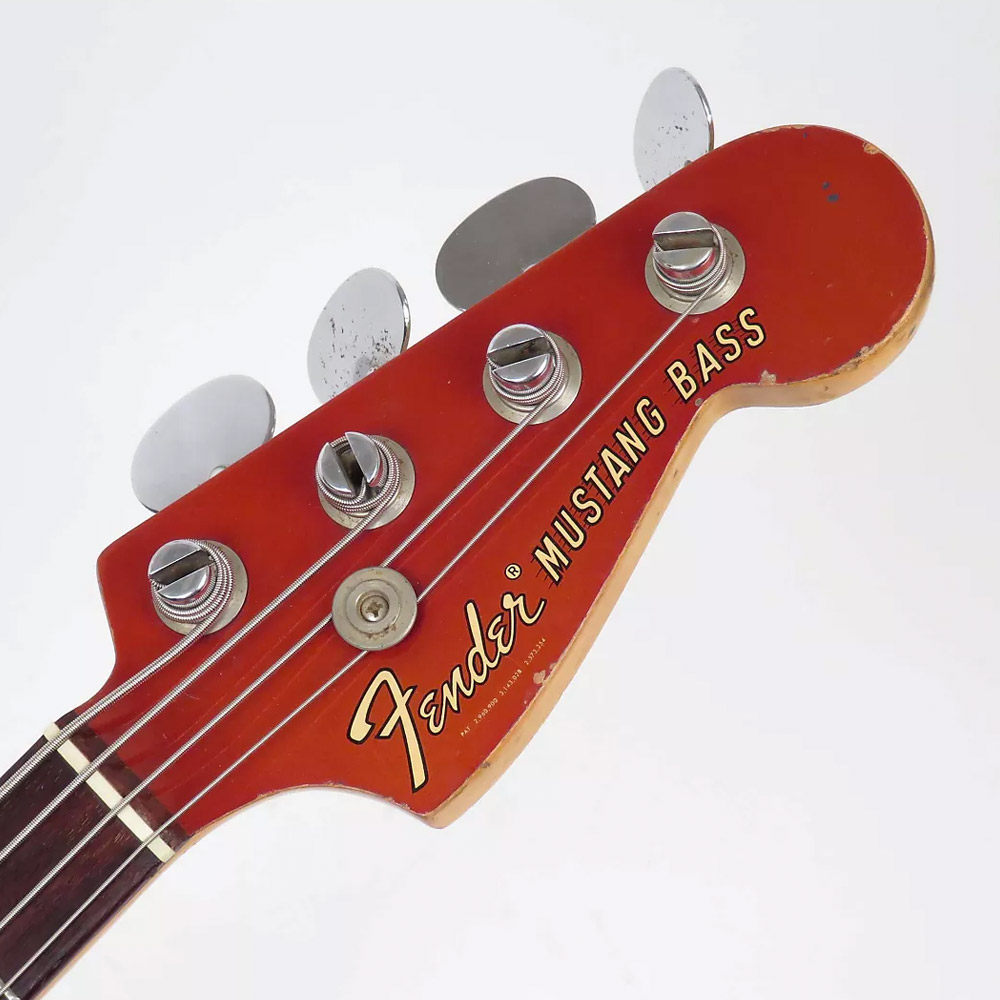
To say that Japanese guitars made in the 1970s offer excellent value is almost a cliche at this point among gear people. This wisdom is especially prevalent when it comes to lawsuit-era instruments of the '70s, which were manufactured by a number of different brands including Greco, Ibanez, Burny, and plenty of others. The cat has been out of the gigbag for some time, but a look at the data shows that prices are still trending upward, especially for those with the recognizable Ibanez name on the headstock.
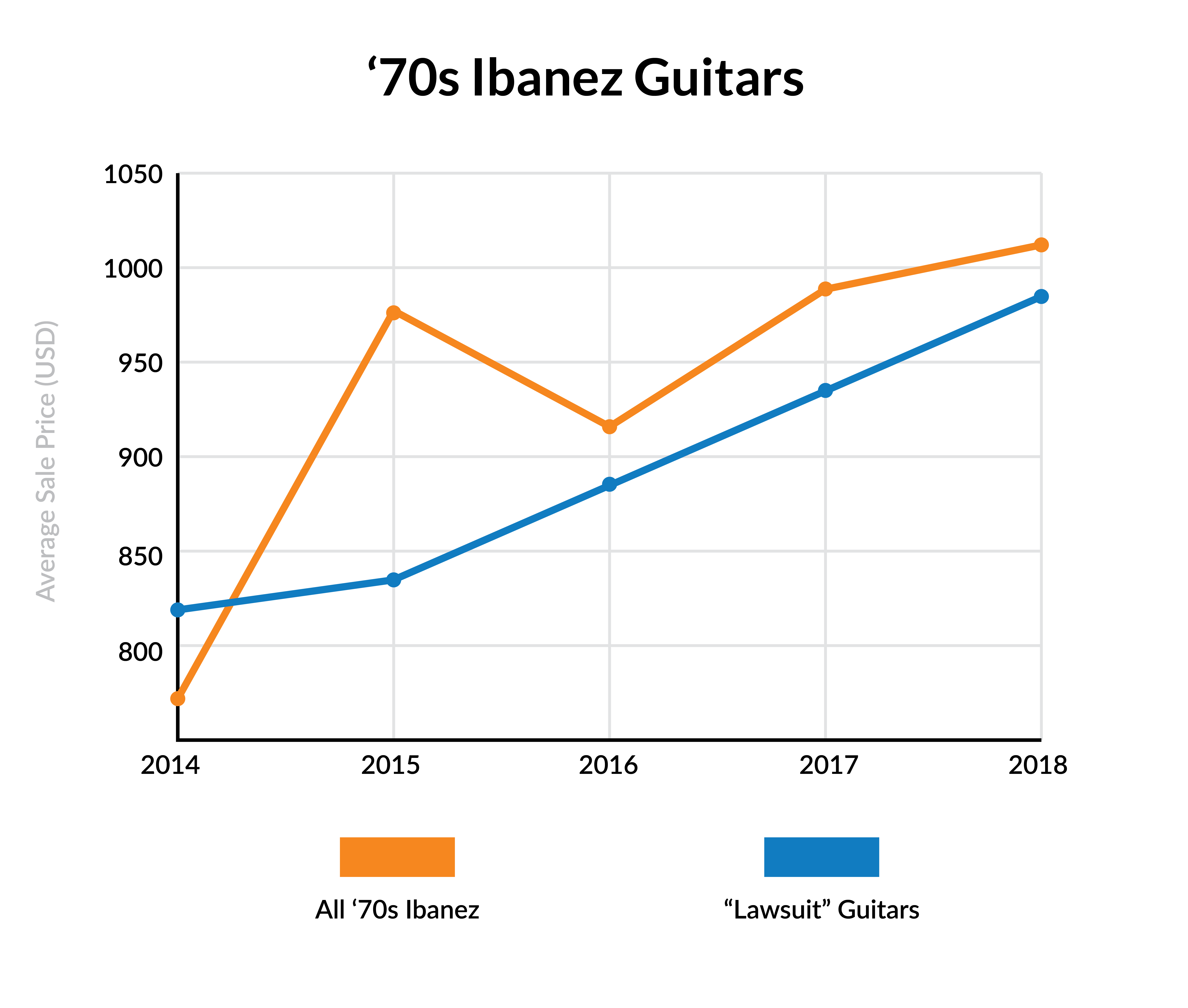
The story of the lawsuit era of Japanese guitar-building is a long one, but suffice to say that in the '70s, Japanese guitar factories began to make close replicas of American guitars like Strats and Les Pauls, with a distinct rise in production quality occuring in the first half of that decade. As these guitars entered the American market, American guitar companies, and Gibson in particular, responded with some legal actions prompting the Japanese companies to develop their own designs.
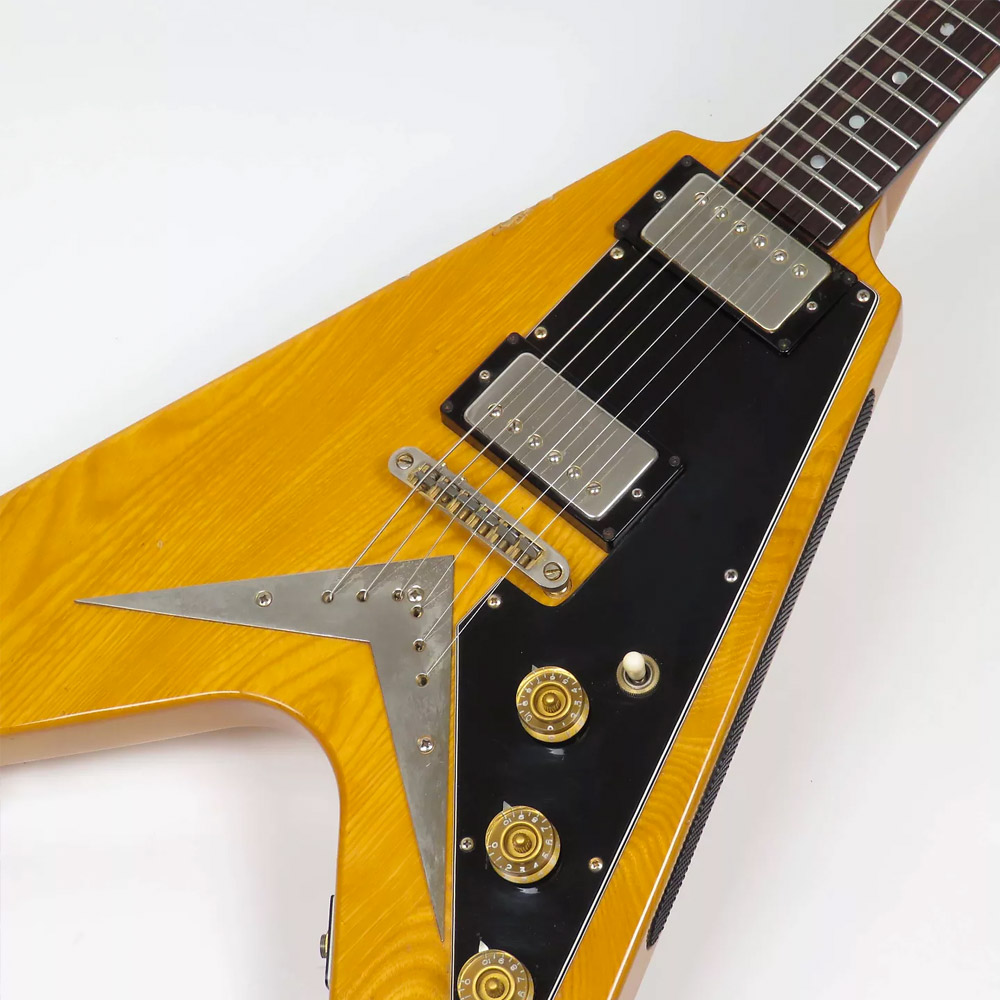
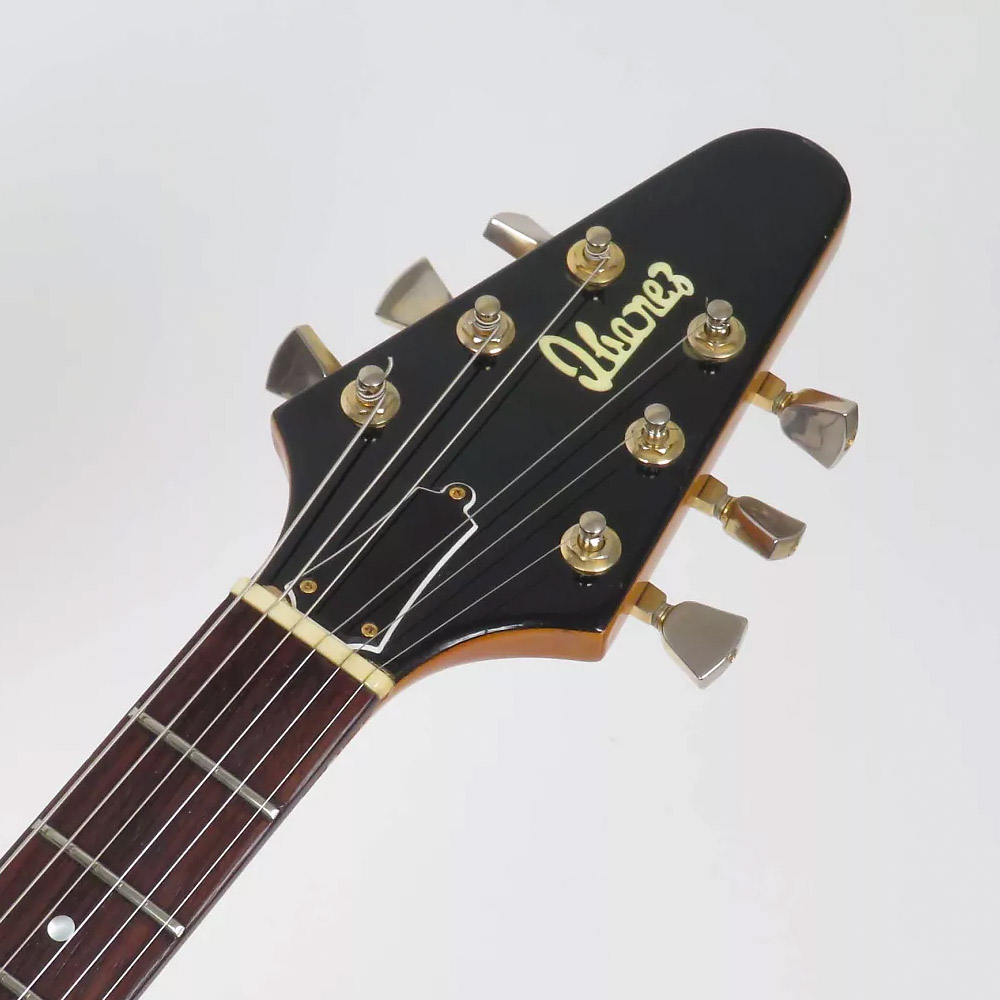
Though Japanese copy guitars would continue to be built for the domestic market for years to come, from a global perspective, it's this initial period of production that is now referred to as the "lawsuit era." And from this era, there remain plenty of extant instruments floating around the used market. As word of their quality and promised value continues to circulate through this internet of ours, prices have inched up and up as part of an overall increase in vintage Ibanez pricing.
Les Paul-style designs are the most commonly traded. (Anyone in the market for a lawsuit-era Les Paul should take note of whether the guitar has a set or bolt-on neck—the bolt-on models are at the lower-end of the quality scale.) Rarer models such as the Flying V, Explorer, and EDS-1275 doubleneck clones command higher prices, especially since there are far fewer real Gibson examples vying for player dollars. Pricing within this sub-segment has escalated at an even quicker pace.
No hardcore Fender aficionado will be surprised to see the original run of American Vintage Reissue guitars included on this list. Interest in the first generation of American Vintage Reissue models—which were built in Fender's original Fullerton, California facility between 1982 and 1985—has been growing for some time. While the Tele end of the market has made some gains, the real growth has been with the Strats, which are currently cresting the $5-6,000 range for the best examples.
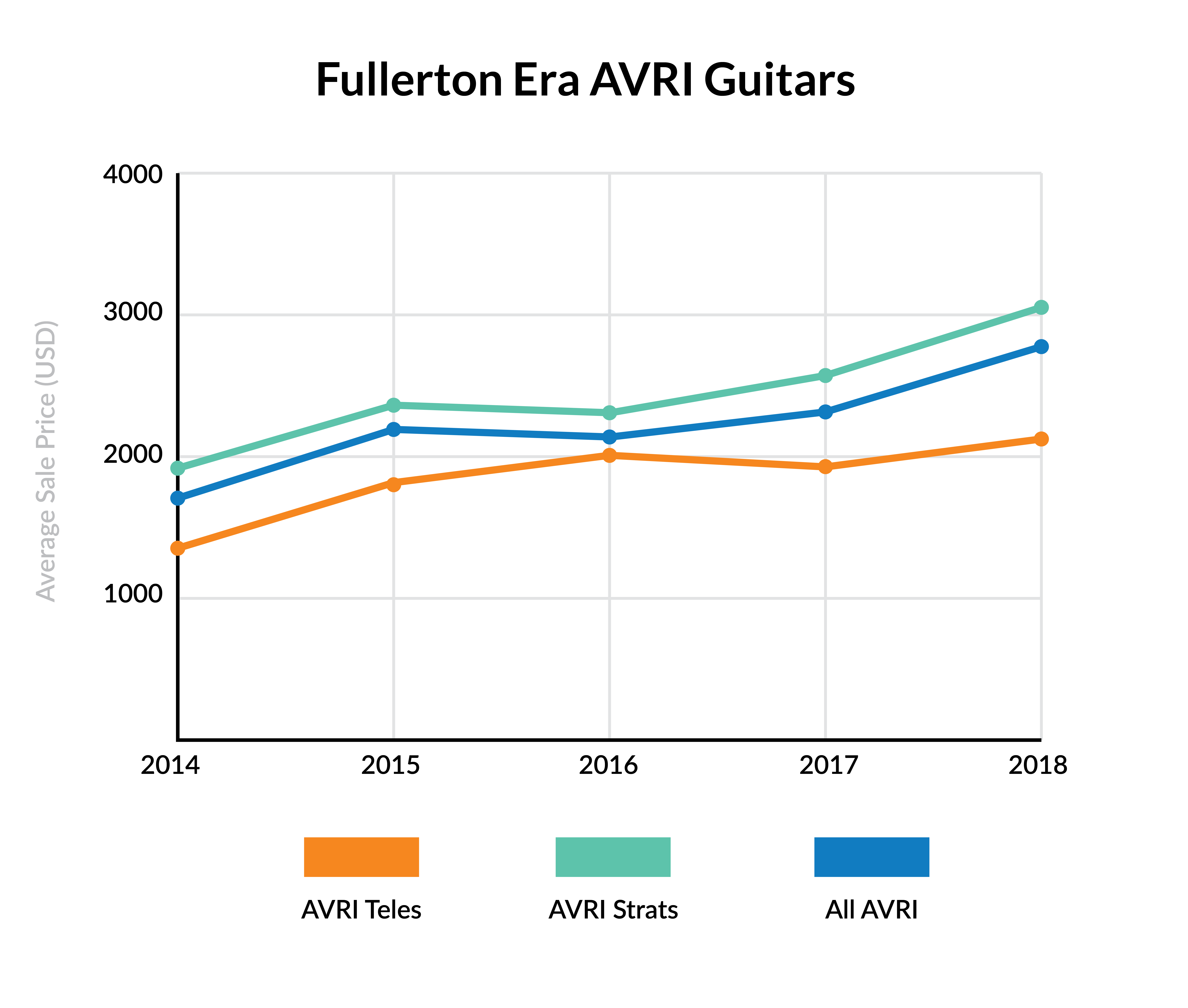
There have, of course, been quite a few reissue guitars made by Fender since this line, but these early ones are the only crop to be built in the same factory, and in some cases by the same hands, as those mythic '60s Fenders. Though more recent eras of American Vintage Series production have offered even closer spec-by-spec replications, there's a certain allure that exists with the Fullerton factory designation that is clearly part of the appeal of these instruments. Other factors include the particularly thin neck profiles found on these Strats, as well as the perception that these guitars tend to age in a fashion similar to the older Fenders.
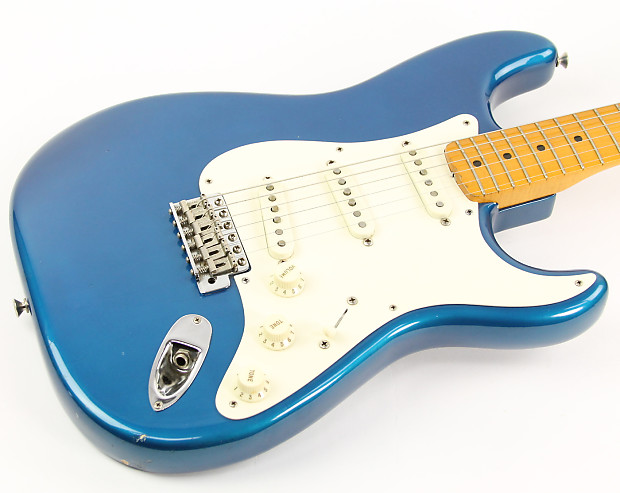
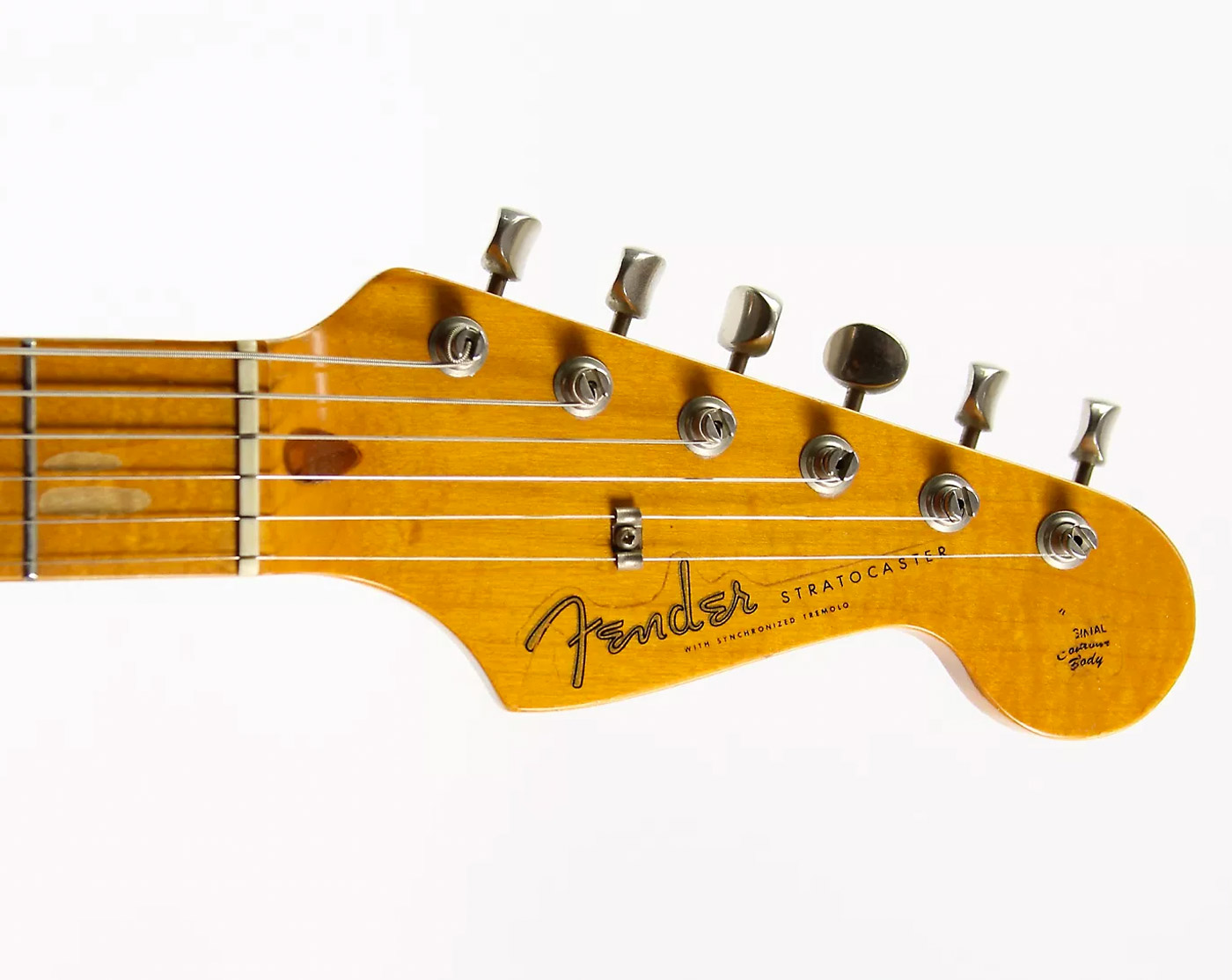
The Custom 24 is the essential mainstay of the PRS catalog, going back to the mid-'80s. Of the trends I was able to spot while culling the data for this article, the distinct rise in prices for used examples was easily the most surprising.
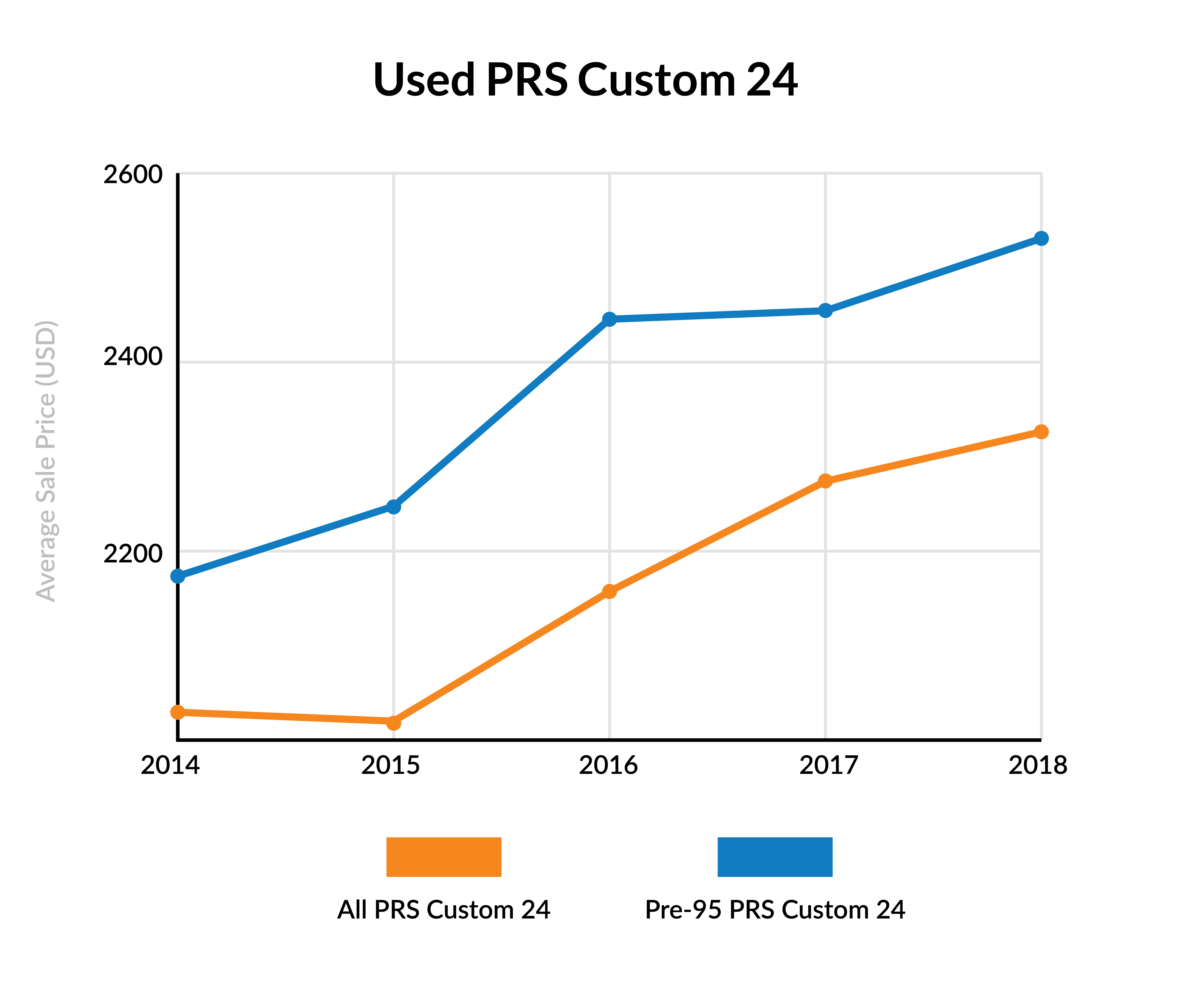
What's interesting here is that the general lift in used Custom 24 values does not appear to be confined by any particular chronological dividing line. Within PRS collecting circles, the term "pre-factory" is used to refer to guitars made before the company expanded to a larger facility in 1995. And while the older guitars typically command higher pricing, the upward trend exists across all eras of production.
Like other PRS guitars, buyers tend to prioritize the enchantingly flamed tops with thinner finishes that highlight the patterns of the maple tops. The exception to this is with some rarer '80s finishes like Pearl White, which carry a separate aesthetic appeal beyond the flamed tops.
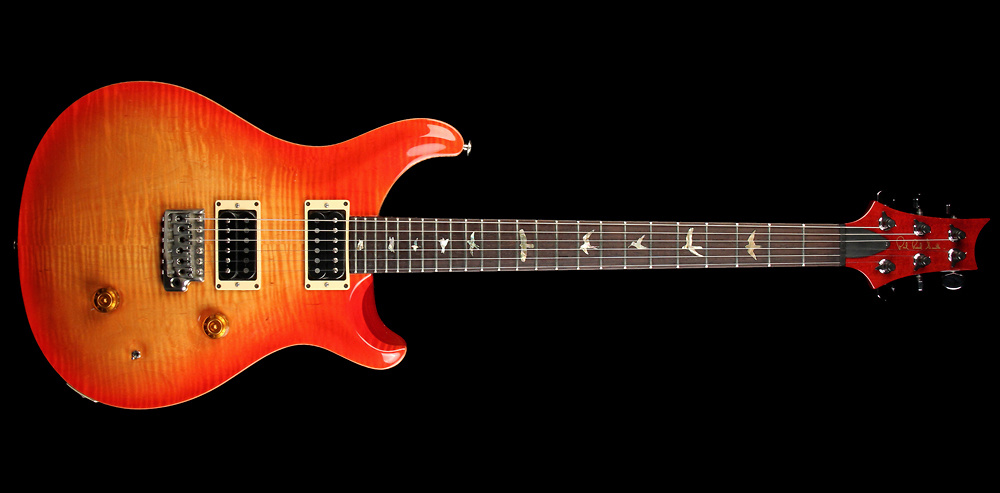
As is always the case when we do these sorts of data-driven posts, the information presented here is based solely on Reverb's sale history. We like to think that this is reflective of the vintage market more broadly, but it may differ in some regards. It's also worth noting that in pulling together the data for this post, I filtered out sales for any instrument of poor or fair condition, or with serious modification or repairs.
It's entirely fair to assume that there are factors driving up prices in some of the above instances that I totally missed, and If anyone has any further insight, I'd be grateful to hear about it in the comments.
